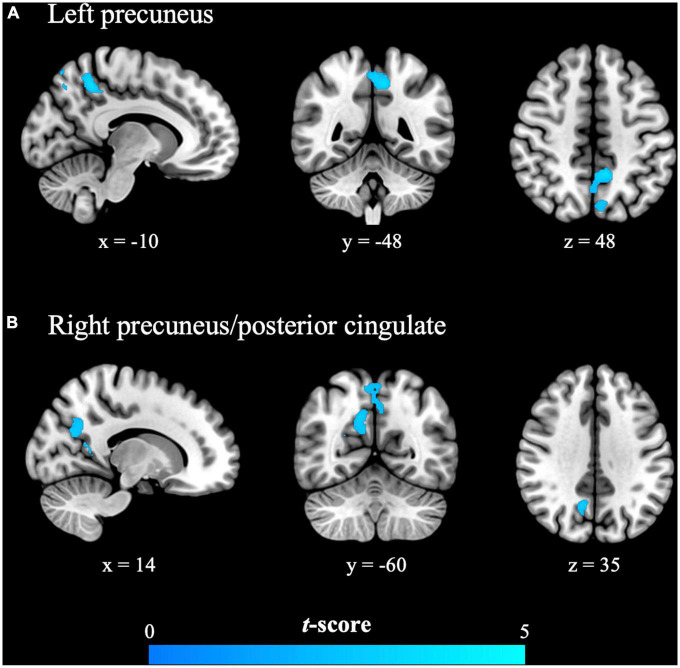謝仁俊教授研究團隊發表研究成果於Frontiers in Neuroscience
連結網址:https://pubmed.ncbi.nlm.nih.gov/36845415/
Abstract
Introduction: Primary dysmenorrhea (PDM), the most prevalent gynecological problem among women of reproductive age, presents as a regular pattern of cyclic menstrual pain. The presence or absence of central sensitization (i.e., pain hypersensitivity) in cases of PDM is a contentious issue. Among Caucasians, the presence of dysmenorrhea is associated with pain hypersensitivity throughout the menstrual cycle, indicating pain amplification mediated by the central nervous system. We previously reported on the absence of central sensitization to thermal pain among Asian PDM females. In this study, functional magnetic resonance imaging was used to reveal mechanisms underlying pain processing with the aim of explaining the absence of central sensitization in this population.
Methods: Brain responses to noxious heat applied to the left inner forearm of 31 Asian PDM females and 32 controls during their menstrual and periovulatory phases were analyzed.
Results and discussion: Among PDM females experiencing acute menstrual pain, we observed a blunted evoked response and de-coupling of the default mode network from the noxious heat stimulus. The fact that a similar response was not observed in the non-painful periovulatory phase indicates an adaptive mechanism aimed at reducing the impact of menstrual pain on the brain with an inhibitory effect on central sensitization. Here we propose that adaptive pain responses in the default mode network may contribute to the absence of central sensitization among Asian PDM females. Variations in clinical manifestations among different PDM populations can be attributed to differences in central pain processing.

